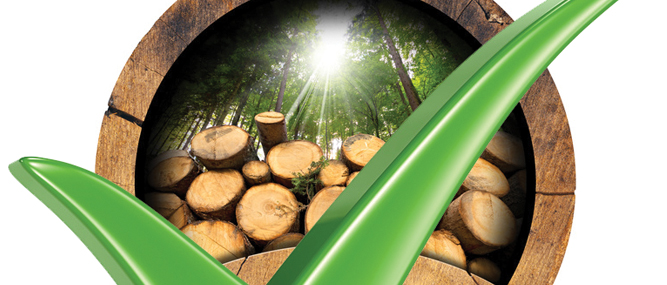After a number of proposed changes and significant opposition from some in the hardwood industry, the U.S. Department of Agriculture (USDA) has decided to terminate the rulemaking process for the Hardwood Checkoff. Proposed by the Blue Ribbon Committee (BRC), the checkoff would have been a promotional and research and market development program funded by mandatory assessments.
The USDA stated, “Based on comments received, outstanding substantive questions and significant proposed modifications from stakeholders, the USDA is terminating the proceeding. Termination of this proceeding will remove ex parte communication prohibitions and allow the USDA to engage fully with all interested parties to discuss and consider the evolving needs of the industry going forward.”
While the USDA decision does open up the potential for further discussions, there doesn’t appear to be much interest in a compromise program. After spending hundreds of thousands of dollars and many years in the fight, the development of an industry cooperative promotion program appears to be a dead issue.
Jim Howard, co- chairman of the BRC, stated, “After five years of extensive discussion and revisions incorporating most of the suggestions presented in public comments, we were disappointed that the checkoff opponents were not willing to have the industry take a vote on a more streamlined checkoff proposal, leaving USDA little choice but to terminate.”
Some familiar with the checkoff effort suggest this recent defeat means the issue won’t be picked up again for a generation or more. A number of state forest products associations as well as a group of hardwood industry companies rallied to oppose the proposed checkoff program.
Jeff Edwards, co-chairman of the U.S. Hardwood Industry Coalition, said, “I welcome this long overdue news.” Edwards continued, “Kudos to Secretary Vilsack and the USDA for listening to the overwhelming consensus opinion of the industry that the checkoff program model built for ag commodities just does not fit hardwood manufacturing.”
Technically, the USDA is now free to bring all sides of the industry together to discuss what industry promotion should look like moving forward. But there is no indication that either side really wants to do that at this time. And some who were embroiled in this most recent fight just want to let the whole issue die down for a while.
Pallets and industrial products were exempted early on in the process. But there was still concern that the program might be expanded in the future to cover more areas of the hardwood sector. Opponents voiced concern over how the assessments would be made, who was involved, how the voting process would work, how the funds were going to be used, and a number of other issues.
Some other commodity checkoff programs have been put into place by acts of Congress, which do not require the industry to vote for approval. For example, the Christmas Tree Checkoff was instituted that way. But Terpstra suggested at this time that there is no real desire or effort to spend the money necessary by members of the BRC to lobby Congress for such action.
The development of a Hardwood Checkoff has garnered a lot of attention and comments from the industry. Now, it is up to numerous hardwood trade groups and individual companies to pick up the research and promotion banner. It seems that is what many in the industry wanted. Will that be enough to help the hardwood sector remain strong? Only time will tell if that is enough to do the job.




